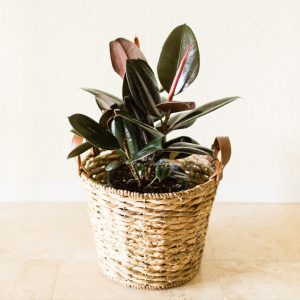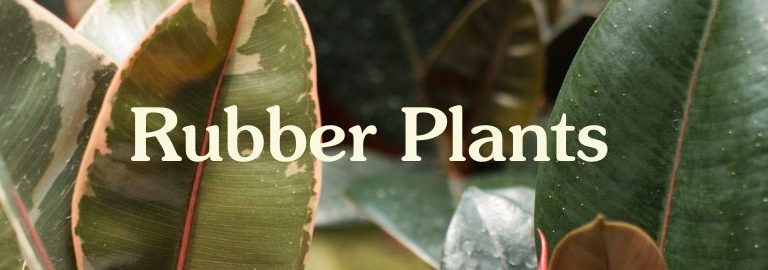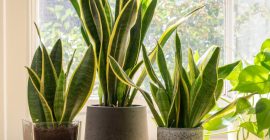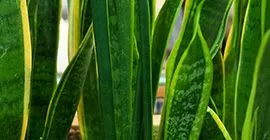Rubber plants need very little attention, making them perfect for new, indoor gardeners. With their glossy, oval-shaped leaves and many health benefits, they make the ideal addition to any home, especially for those with a busy lifestyle. Here is everything you need to know to keep your rubber plant thriving with minimal effort.
Why choose a rubber plant?
- Air purifying: Because of the large surface are of a rubber plant’s leaves, they are the perfect plant for improving air quality as they remove pollutants such as formaldehyde from your indoor space. The rubber plant is actually thought to reduce the chance of respiration allergies as they reduce the humidity from a room which prevents pollutants turning into dust.
- Low Maintenance: Rubber plants require minimal care as they can tolerate different light conditions and don’t require watering regularly.
- Healing properties: Rubber plants have anti-inflammatory properties. The leaves are thought to help ease skin rashes when applied to the affected area.
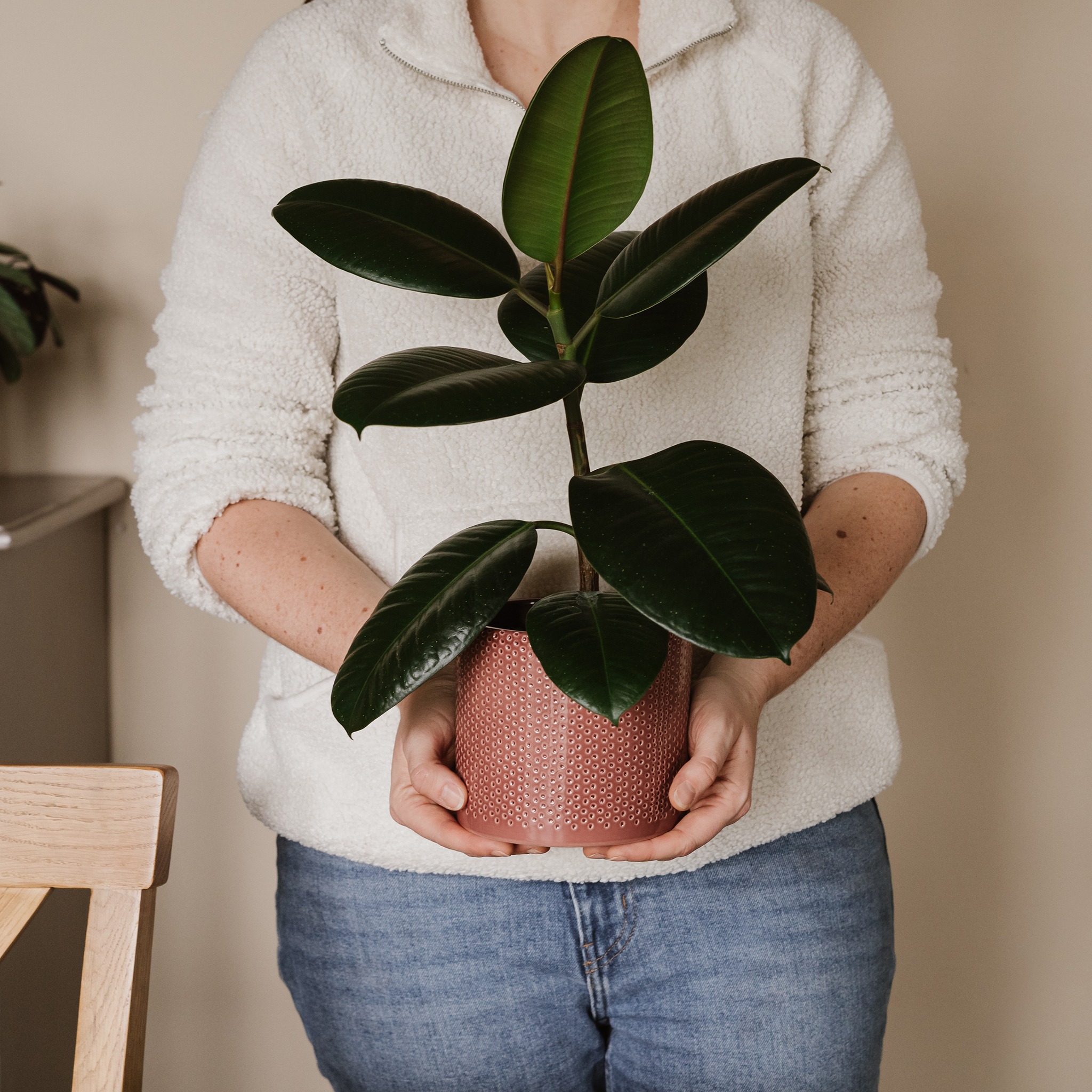
Our Care Guide:
Light Conditions
Rubber plants thrive in bright, indirect light but can also tolerate lower light conditions. Direct sunlight can scorch the leaves, so try and avoid this. Placing them near a window with filtered sunlight, such as through a sheer curtain, will help them grow vigorously. Because of their flexibility, they are suitable for various indoor environments.
Watering
Rubber plants prefer to dry out between waterings. They are more tolerant of under-watering than over-watering, which reduces the risk of root rot. Watering them once the top inch of soil is dry is typically sufficient.
TOP TIP: Press your finger an inch into compost, if your finger has compost particles on and the compost feels wet your plant does not require water.
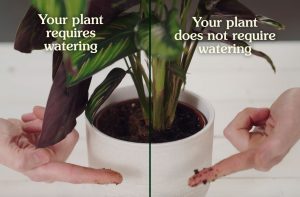
Ensure your plant is potted in a pot with drainage holes to prevent the plant roots sitting in water and always allow the water to drain from the pot.
Watch our video for more tips on watering houseplants!
Potting
Rubber plants are not particularly fussy about soil types as long as it is well-draining. Our Houseplant Potting Mix is ideal for these plants as it’s enriched with perlite which is good for airflow and drainage. When repotting a plant always choose a container or pot with adequate drainage holes to prevent water pooling at the bottom.
Signs that your plant needs repotting, includes top heavy plants; if your plant tips over it is time to repot. Also check your plants roots, if your plant is pot bound (the roots have filled the pot leaving no room to grow) then it is recommended to repot. Find out more on how to repot.
Feeding
Feed your rubber plant with our Houseplant Feed every other week during the active growing season (spring/summer) and every 4 weeks in the winter months. Our feed will help plants with disease tolerance and better flowering, containing high potash to help with water regulation and encouraging stronger roots. This houseplant feed is tailored to ensure you are giving them all the nutrients they need to thrive. With an easy squeeze measuring doser, feeding your plants has never been easier!
Common issues to look out for
- Curling leaves: Both under and over-watering can cause the leaves on your rubber plant to curl. Use a Houseplant Watering Indicator to help guide you on how often to water your indoor plant.
- Brown Tips: Inconsistent watering can cause the tips to go brown as well as excessive direct sunlight. Make sure your plant is out of direct sunlight and maintain a watering routine.
- Pests: The common cause of pests on rubber plants is caused by too warm a location and low air humidity. Relocate your plant and thoroughly wipe the leaves. Repeat daily until the pests have gone.
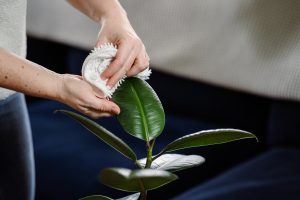
Are rubber plants pet friendly?
No, rubber plants are not pet friendly. They are considered mildly toxic, and are dangerous, if ingested by animals and humans. Keep your rubber plant away from pets.
Can I propagate rubber plants?
Yes, you can propagate rubber plants through stem cuttings.
Watch our video to find out how to propagate houseplants!
Rubber plants are perfect for busy individuals who want to add some unique style into their homes without having to worry about daily plant care. Their resilience, air purifying qualities and durability make them an excellent addition to your indoor jungle.
